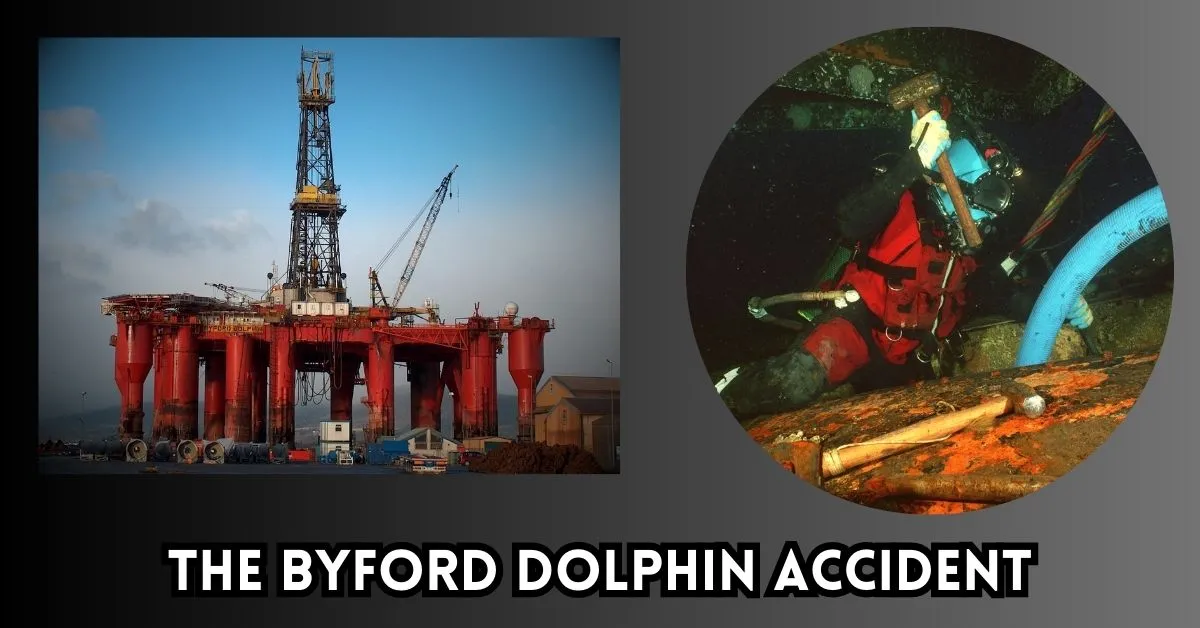The Byford Dolphin accident was a diving accident that occurred on the semi-submersible drilling rig Byford Dolphin in the Frigg gas field in the Norwegian sector of the North Sea on November 5, 1983.
The dἰsaster occurred when a chamber was rapidly depressurized, resulting in rapid and explosive decompression. Four saturation divers and one dive tender were kἰlled as a consequence.
The trἀgedy was brought about by a number of factors, including:
- A defective valve that enabled the chamber to rapidly lose pressure.
- Using a diving bell that was not intended for high-pressure environments.
- The absence of an emergency fallback system.
This incident was likewise linked to engineering failure. The 1975 Byford Dolphin diving system lacked fail-safe hatches, outboard pressure indicators, and an interlocking mechanism, which would have prevented the trunk from opening while the system was under pressure.
The Byford Dolphin accident was one of the most catastrophic diving incidents in history. It resulted in the development of new safety valves and the implementation of backup systems, among other modifications to diving safety procedures.
Additionally, the trἀgedy had a substantial effect on the offshore diving industry. Many businesses ceased using saturation diving entirely, and those that continued to use it implemented more stringent safety measures.
In a horrἰfic work zone accident in Maryland, six highway workers lost their lives. According to authorities, a car swerved into a construction zone on a busy highway south of Baltimore, kἰlling six highway workers, including a father and son:
The Byford Dolphin incident serves as a cautionary tale about the perils of diving at high pressures. Furthermore, it demonstrates the significance of safety procedures in the offshore diving industry.
An accident investigation was conducted by a Norwegian government commission. The dἰsaster was caused by a combination of factors, including the faulty valve, the use of an unsuitable diving bell, and the absence of a backup system, as determined by the commission.
Additionally, the commission made a number of safety recommendations for the offshore diving industry. These recommendations included the development of new safety valves, the use of fallback systems, and the implementation of stricter training standards for divers.
Although significant improvements to safety measures were instituted after the Byford Dolphin accident, it was still a trἀgedy. These changes have made diving safer and saved people’s lives.
